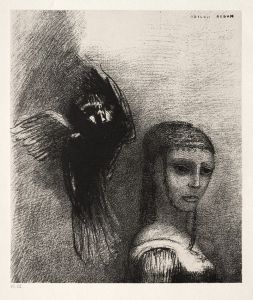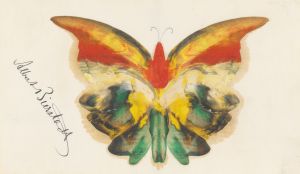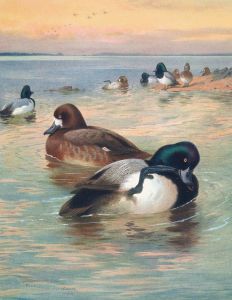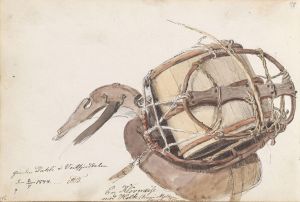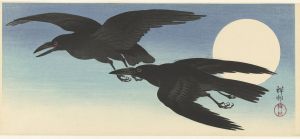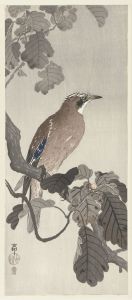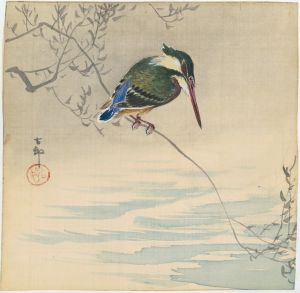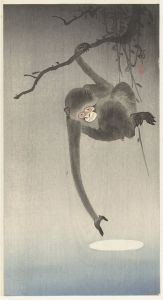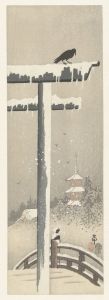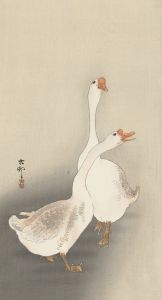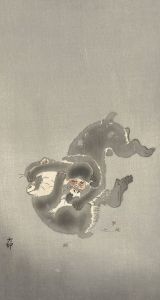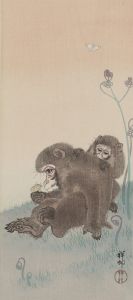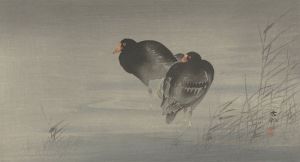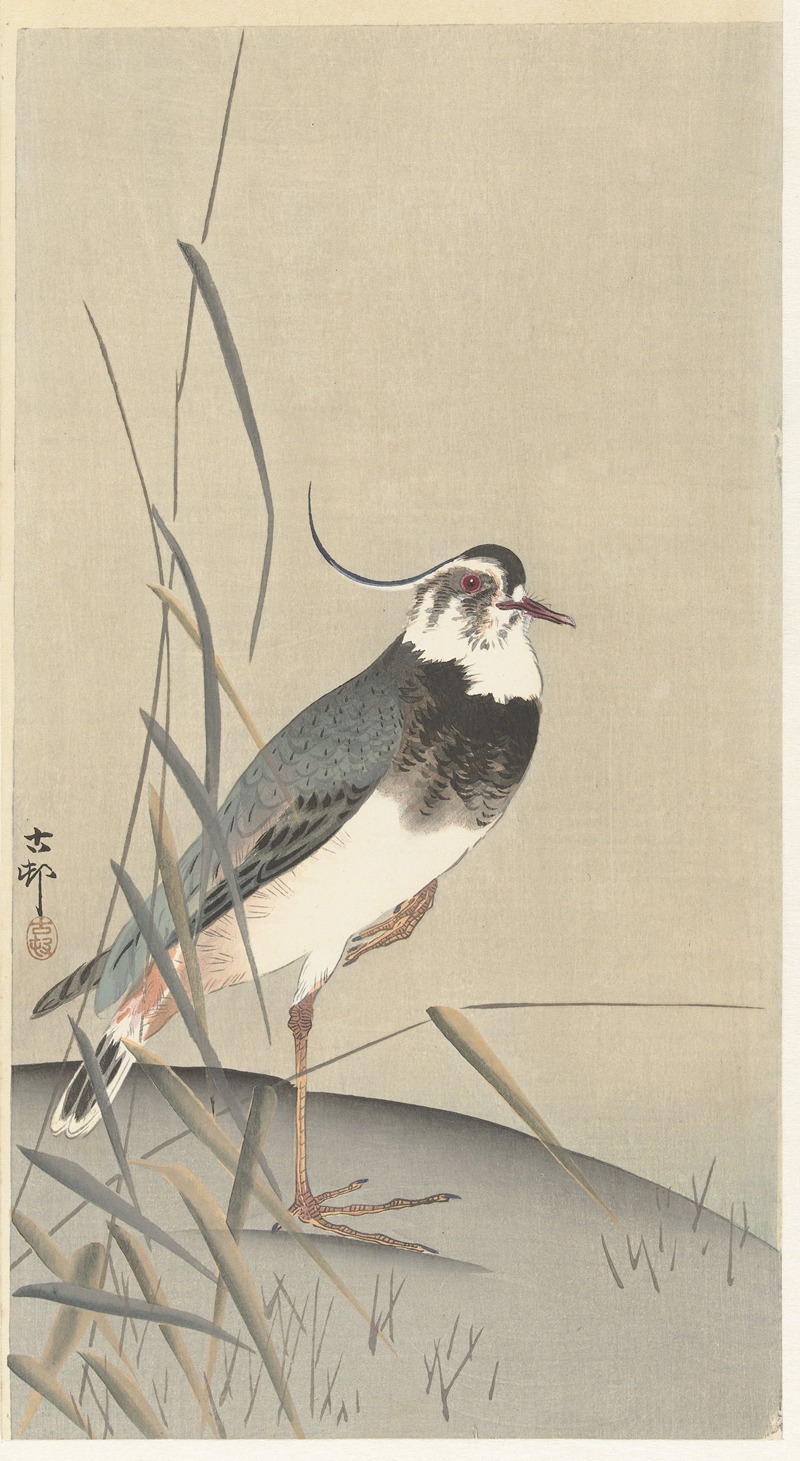
Lapwing and reed
A hand-painted replica of Ohara Koson’s masterpiece Lapwing and reed, meticulously crafted by professional artists to capture the true essence of the original. Each piece is created with museum-quality canvas and rare mineral pigments, carefully painted by experienced artists with delicate brushstrokes and rich, layered colors to perfectly recreate the texture of the original artwork. Unlike machine-printed reproductions, this hand-painted version brings the painting to life, infused with the artist’s emotions and skill in every stroke. Whether for personal collection or home decoration, it instantly elevates the artistic atmosphere of any space.
Ohara Koson (1877–1945) was a prominent Japanese artist known for his exquisite woodblock prints, particularly those depicting birds and flowers, a genre known as kachō-e. His work is often associated with the shin-hanga movement, which revitalized traditional ukiyo-e art in the early 20th century by incorporating Western elements such as perspective and shading while maintaining traditional Japanese themes and techniques.
One of Koson's notable works is "Lapwing and Reed," which exemplifies his skill in capturing the delicate beauty of nature. This piece features a lapwing, a type of wading bird, depicted with meticulous attention to detail. The bird is shown amidst reeds, which are rendered with a graceful fluidity that complements the bird's elegant form. Koson's use of color and composition in this print highlights his ability to convey the serene and ephemeral qualities of the natural world.
Koson's prints are characterized by their subtle color palettes and the use of fine lines to create intricate details. In "Lapwing and Reed," these techniques are evident in the careful rendering of the bird's feathers and the gentle sway of the reeds. The background is often kept minimal, allowing the viewer to focus on the subject and appreciate the harmony between the bird and its environment.
Koson's work was part of a broader movement in Japan during the early 20th century that sought to preserve traditional art forms while also appealing to Western audiences. The shin-hanga movement, which Koson was a part of, played a significant role in this cultural exchange. His prints were particularly popular among Western collectors, and they contributed to a renewed interest in Japanese art outside of Japan.
"Lapwing and Reed" is a testament to Koson's mastery of the woodblock printing technique, which involves carving an image into a block of wood, applying ink, and then pressing paper onto the block to create a print. This method allows for the production of multiple copies of the same image, making it accessible to a wider audience. Koson's prints were often produced in collaboration with publishers who helped distribute them both in Japan and internationally.
Throughout his career, Koson produced a vast number of prints, many of which feature birds as their central motif. His ability to capture the essence of these creatures, along with their natural habitats, has made his work enduringly popular. Today, Koson's prints are highly sought after by collectors and are held in numerous museum collections around the world.
In summary, "Lapwing and Reed" by Ohara Koson is a fine example of the artist's contribution to the shin-hanga movement and his exceptional skill in depicting the natural world through woodblock prints. The piece reflects Koson's dedication to traditional Japanese art forms while also appealing to a global audience, ensuring his legacy as one of the leading figures in early 20th-century Japanese art.





